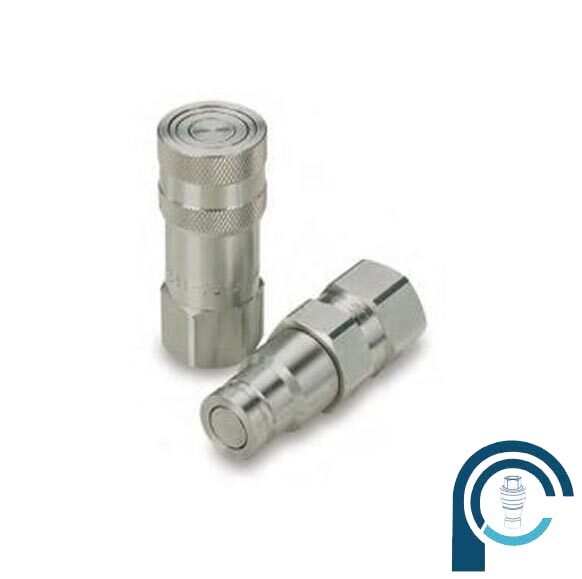Bulk Head Couplings
Product Details:
- Size 0.25 - 2.0
- Color stainless steel
- Product Type BULK HEAD COUPLINGS
- Material Stainless Steel
- Click to View more
Bulk Head Couplings Price And Quantity
- 550 INR/Piece
- 50 Inch
Bulk Head Couplings Product Specifications
- stainless steel
- 0.25 - 2.0
- BULK HEAD COUPLINGS
- Stainless Steel
Bulk Head Couplings Trade Information
- Cash Against Delivery (CAD) Cash in Advance (CID)
- 1000 Inch Per Week
- 7 Days
- standard , As per requirement.
- All India
- yes
Product Description
Bulkhead couplings are specialized connectors designed to facilitate the passage of fluid or gas lines through barriers such as panels, walls, or enclosures. They ensure a secure and leak-proof connection between different sections of a system, maintaining integrity across partitions.
Key Features:
-
Design: Typically, bulkhead couplings consist of a central body with threads or fittings on both ends, allowing for the attachment of pipes or hoses on either side of a barrier. They often include a locknut to secure the coupling in place, preventing movement and potential leaks.
-
Materials: Commonly constructed from materials such as brass, stainless steel, or plastic, chosen based on the application's requirements, including factors like pressure, temperature, and chemical compatibility.
-
Applications: Bulkhead couplings are widely used in industries like hydraulics, pneumatics, chemical processing, and water treatment, where it's necessary to route fluids or gases through tanks, panels, or other enclosures.
Considerations When Selecting Bulkhead Couplings:
-
Size Compatibility: Ensure the coupling matches the diameter and thread type of the existing piping or tubing to maintain system integrity.
-
Pressure and Temperature Ratings: Select couplings that can withstand the system's operating conditions to prevent failures.
-
Material Selection: Choose materials that are compatible with the fluids or gases in the system to avoid corrosion or degradation.
-
Installation Requirements: Consider the thickness of the barrier and ensure the coupling's length and design are suitable for secure installation.
Proper selection and installation of bulkhead couplings are crucial for maintaining the safety and efficiency of fluid and gas transfer systems, especially when connections must pass through structural barriers.
Other Products in 'quick release coupling' category
|
|
|
 |
PERFECT ENGINEERS
All Rights Reserved.(Terms of Use) Developed and Managed by Infocom Network Private Limited. |






